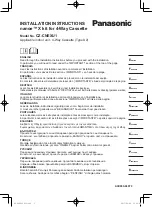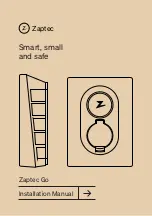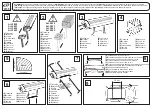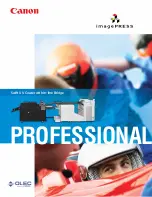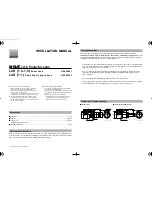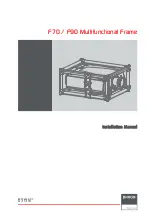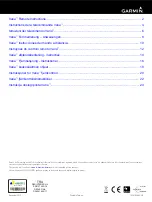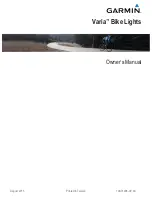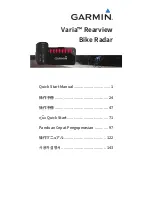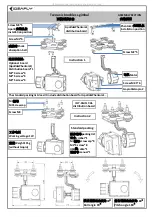
Appendix C. General Theory of Heat Flux Sensors
C-2
The reference conditions for the calibration are a thermal conductivity of 0.8
W/mK and a nominal temperature of 20 °C.
C.2 Extended Theory
Obviously, the sensor itself can significantly disturb the phenomenon that it is
supposed to measure. By adding a sensor to the material under observation,
you can add additional, and sometimes differing, thermal resistances.
The deflection error, as shown in FIGURE
, represents the effect that, as a
result of differing resistances, the flow pattern will change, especially at the
edges of the heat flux sensor. The order of magnitude of this error for strongly
different thermal conductivity values between the sensor and its environment
(for example 0.6 for a typical sensor and 0.03 for an insulating wall) is about
40%.
FIGURE C-2. Deflection error
The heat flux is deflected at the edges of the sensor. As a result, the heat flow
at the edges is not representative.
Apart from the sensor thermal resistance, the contact resistance between the
sensor and surrounding material require special attention.
The conductivity of air is approximately 0.02 W/mK which is ten times smaller
than that of the heat flux sensor. It follows, therefore, that air gaps can form
major contact resistances. In all cases, the contact between sensor and
surrounding material should be as close and as stable as possible, so that it will
not influence the measurements.
Aspects of differing thermal properties between sensor and its environment can
also be dealt with during the measurement using a higher accuracy self-
calibrating type of heat flux sensor.

















